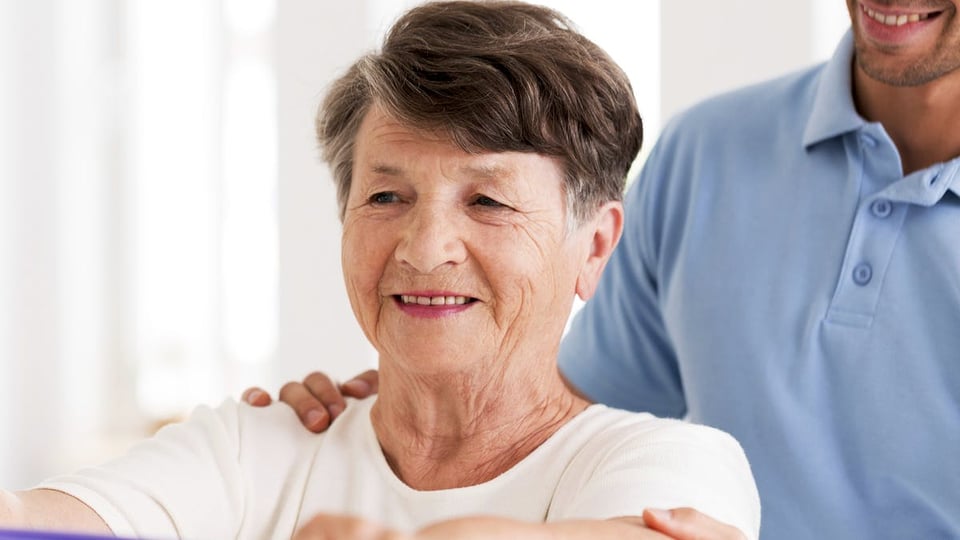ACSM Guidelines for Exercise for Special Populations
Julie Barnett, PT, DPT, MTC
Includes all course content in digital format
Prerequisites Required
Description
Prescribing exercise safely under the American College ofSports Medicine (ACSM) guidelines is very important for special populations. Individuals recovering from COVID-19 will require specialized exercise guidance using our backgrounds as therapists in exercise and pathology to make the best evidenced-based recommendations for their health.
The 50,000 ACSM professionals in sports medicine and exercise science fields share a common purpose – advance health through science, education, and medicine. The details are important. Guidelines and realistic goals can motivate and guide your treatments for your patients to reach their activity goals. This course will guide you through theACSM guidelines and criteria for special populations. Participants will review the most impactful exercise prescriptions and outcomes instruments to measure physical activity. After the completion of this course, therapists will be better equipped to confidently treat special populations with positive outcomes.
Highlights
- ACSM purpose for exercise guidelines and the criteria for special populations
- Effectively incorporate more exercise into your treatments
- Best practices for outcome instruments to use when measuring physical activity
- Review popular wearable tracking devices to assist in motivating patients
Learning Objectives
- Examine ACSM purpose for exercise guidelines and special populations that benefit from the program.
- Implement more exercise specifics into your treatments.
- Utilize appropriate outcome instruments to measure physical activity.
- Analyze popular wearable tracking devices to assist in motivating patients.
Course Content
| ACSM Guidelines for Exercise for Special Populations | SCORM Package | ||
| Next Steps | Module |
- American College of Sports Medicine
- About the ACSM
- How they influence public health patterns
- ACSM three specialty certifications: Cancer, inclusive, public health
- ACSM Special Populations
- COVID recovery
- Children and adolescents
- Pregnant women
- Older adults (>65 yrs.)
- Cardiac disease
- Arthritis
- Diabetes mellitus
- Dyslipidemia
- Hypertension
- Overweight/obesity
- Osteoporosis
- Pulmonary disease COPD
- Cancer
- Incorporating Exercise into your Treatments and Dosing
- Mode
- Intensity
- Duration
- Frequency
- Rate of progression of the patient’s physicalactivity
- Outcome Instruments to Measure Physical Activity and Health
- Common rehab outcomes: TUG, 6 min walk test, BERG
- Wearable technology: Fitbit, Apple Watch, apps, other
- Pulse oximeters, incentive spirometers: other
- Implications for PT and OT
DISCLOSURES
Financial: Julie B. Barnett is compensated by Summit as an instructor. She receives a salary for treating patients at the Non Surgical Center of Texas, and as faculty for the PT Program at UT Health San Antonio.
Nonfinancial: Julie B. Barnett has no non-financial relationships to disclose.
Click here to check accreditation for this course.